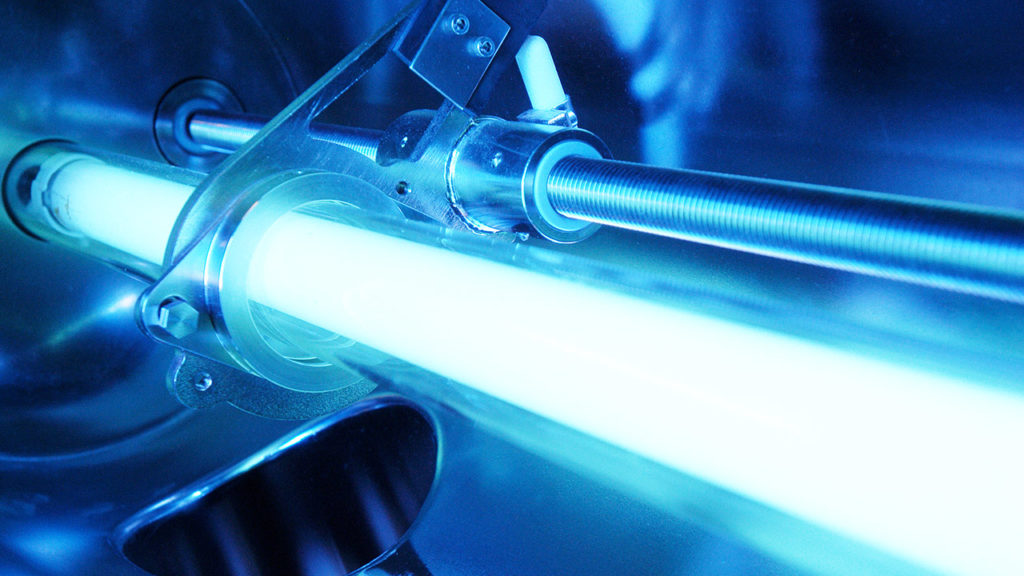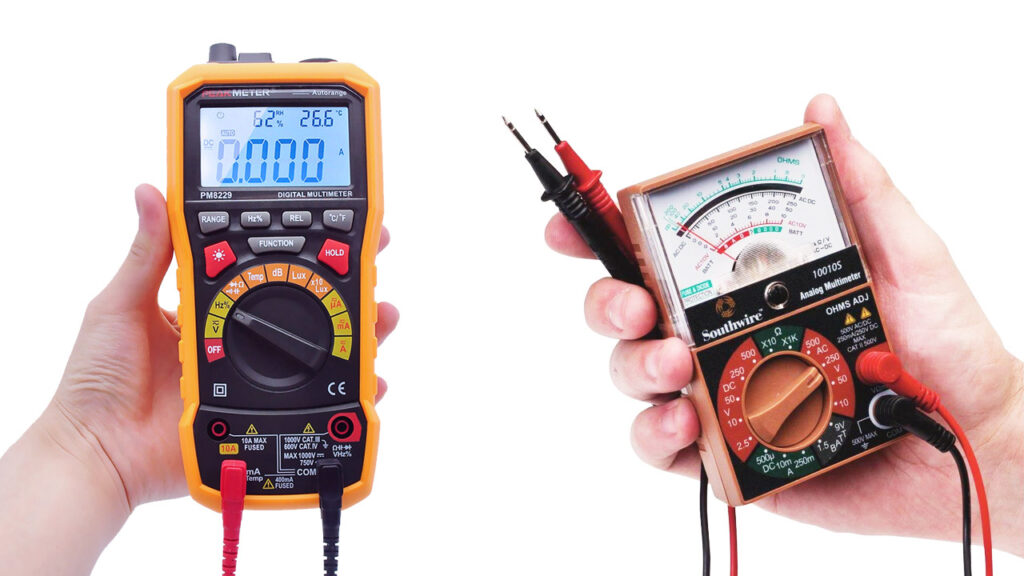UVC Is Not Magic!
With the current global pandemic on everyone’s minds, more attention is being paid to the role of many useful technologies that have been previously underutilized in controlling the spread of infectious disease. Among these technologies is germicidal UVC technology.

With the current global pandemic on everyone’s minds, more attention is being paid to the role of many useful technologies that have been previously underutilized in controlling the spread of infectious disease. Among these technologies is germicidal UVC technology.
This is a good thing; the technology is an extremely useful part of the bigger solution and relatively easy to apply with proper precautions. The issue is the disparity between increased enthusiasm and increased education and information on the proper application of UVC technology.
The less education on safe and proper use of technology, the greater the risk of injury from misuse. Fire is an amazing tool in the context of human history, providing the earlier means of heat, supplemental light and cooking. Fire is also extremely dangerous when not used safely.
Misuse of technology due to underinformed consumers is bad for the users, and the technology’s overall acceptance. It is the responsibility of the providers of a technology to educate the consumers as to proper use and safety precautions for acceptable adoption of their technology.
The top safety concerns for consumers of germicidal ultraviolet technology are false/unfounded claims by manufacturers, eye exposure, and skin exposure. Let’s take a look at these issues one at a time and break down the crucial details.
Unfounded Claims
UVC energy is light not visible to the human eye. It inactivates DNA & RNA-based pathogens by causing errors in the genetic codes of these targets that prevent replication. If viruses, molds or bacteria cannot reproduce, they cannot infect. Different microbiological targets require varying levels of UVC dose for various levels of inactivation. There are no such things as 0% or 100% in the real world; there are effective reductions from 1-log10 to 4-log10 (90-99.99%). Anyone claiming 100% reduction via UVC exposure is not using science, they are using hype and marketing spin.
UV disinfection works via line-of-sight. UV energy does not penetrate much other than quartz glass and certain FEP materials, so you cannot treat anything beyond the outermost surface of a mattress without cutting it open and exposing all the interior components, which would make the mattress pretty useless. Light does not bend around corners unless reflective materials are used to facilitate the reflection around the corner. Shadowing of areas that require disinfection needs to be accounted for in applying UVC.
Applied ultraviolet technology is science. If there is no data, no science and no math to support claims, the best approach is one of extreme skepticism. UVC is not a silver bullet or a panacea; it is a valuable tool in the bigger picture of mitigating the spread of infectious disease.
Eye Exposure
It hurts – a lot! If you are using UV equipment, you also need to be using appropriate eye protection. Have you ever had sand in your eyes that you couldn’t get rid of? Was that sand also on fire? That’s what photokeratitis feels like and photokeratitis can result from very short eye exposure to UVC.
It is a surface irritation and is transient – rarely lasting more than 24-48 hours. It is not known to cause any permanent damage to the eyes. It’s also one of the more painful and debilitating preventable conditions one can experience. If there’s any chance that UV exposure can occur, safety glasses are an absolute requirement.
Skin Exposure
How about a sunburn that never fades to a tan? Just some red, dry, itchy skin for several days? That’s what happens when bare skin is exposed to UVC energy. Because UVC does not penetrate the outer skin layer (unlike UVB), it neither tans the skin nor is it known to cause skin cancer. It’s painful and it doesn’t care how light or dark your skin is. Fortunately, this issue is very easily mitigated by covering the skin with most regular clothing.
If there’s a chance you may be exposed to UVC energy (like with a handheld or mobile device or a permanently mounted direct fixture without a built-in function to shut off in the presence of humans), long sleeves, long pants and gloves are a smart way to never experience this discomfort.
In short, buyer beware and don’t be afraid to ask questions and do some research on your own before buying some sketchy contraption for $50 off the internet that makes claims to penetrate through 6 inches of concrete (yes, that claim was made in the last 2 weeks by a company selling UVC devices on Facebook). If anyone selling UVC equipment makes outrageous claims or tries to belittle you for asking questions about safety and efficacy, know that there are dozens of established equipment manufacturers who have made it their mission to focus on educating potential users before trying to close a sale.






